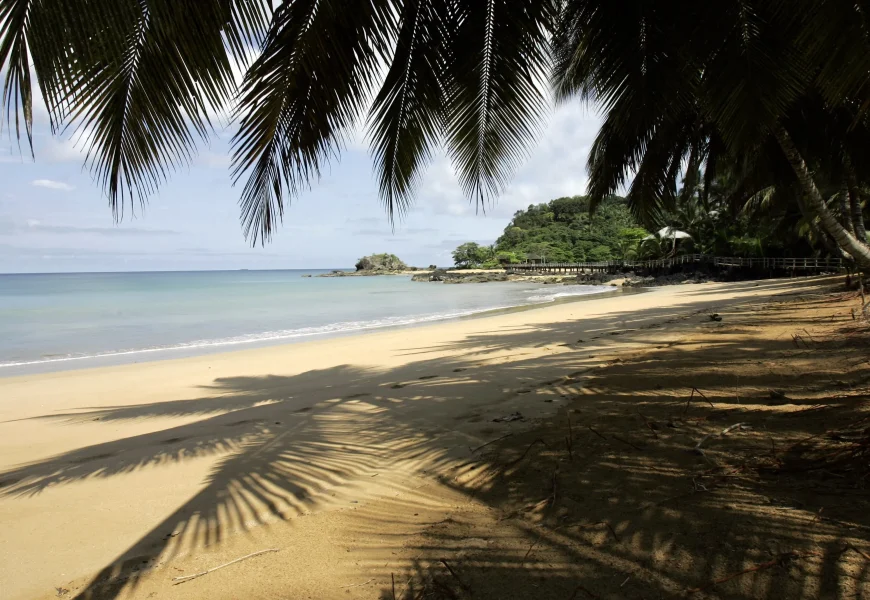An Indonesian archipelago that’s home to three-fourths of Earth’s coral species, a stretch of Icelandic coast with 70% of the country’s plant life and an area along Angola’s Atlantic coast featuring savannahs, forests and estuaries are among 26 new UNESCO-designated biosphere reserves.
UNESCO designates 26 new biosphere reserves amid biodiversity challenges and climate change
An Indonesian archipelago that’s home to three-fourths of Earth’s coral species, a stretch of Icelandic coast with 70% of the country’s plant life and an area along Angola’s Atlantic coast featuring savannahs, forests and estuaries are among 26 new UNESCO-designated biosphere reserves.
The United Nations cultural agency says the reserves – 785 sites in 142 countries, designated since 1971 – are home to some of the planet’s richest and most fragile ecosystems. But biosphere reserves encompass more than strictly protected nature reserves; they’re expanded to include areas where people live and work, and the designation requires that scientists, residents and government officials work together to balance conservation and research with local economic and cultural needs.
“The concept of biosphere reserves is that biodiversity conservation is a pillar of socioeconomic development” and can contribute to the economy, said António Abreu, head of the program, adding that conflict and misunderstanding can result if local communities are left out of decision-making and planning.
The new reserves, in 21 countries, were announced Saturday in Hangzhou, China, where the program adopted a 10-year strategic action plan that includes studying the effects of climate change, Abreu said.


